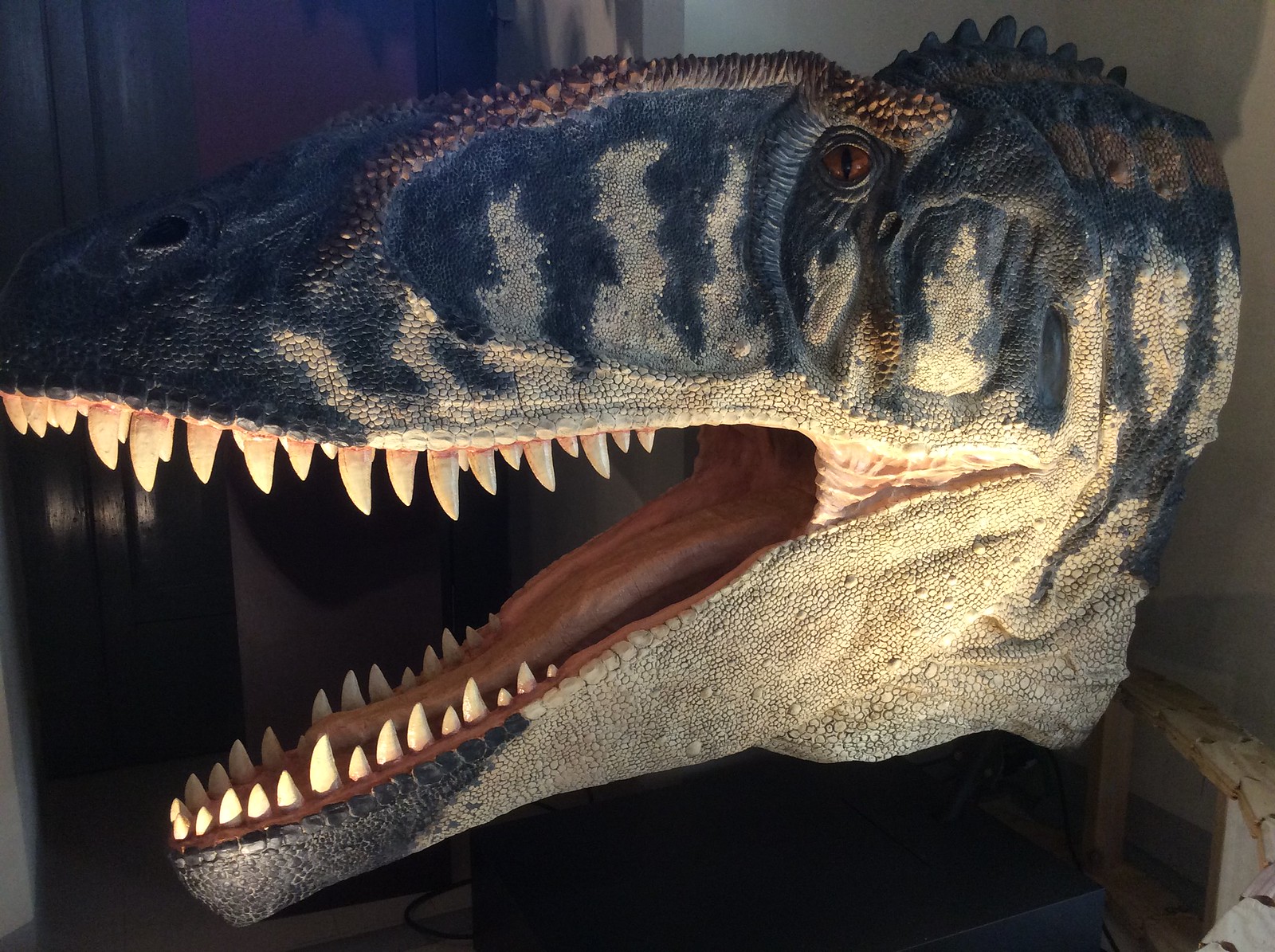Post by Infinity Blade on Jan 11, 2014 19:34:55 GMT 5
Dinopithecus ingens
Dinopithecus was an extinct genus of giant baboon (as big as a grown man) that lived during the Pliocene of South Africa. Males grew to 5 feet tall (1.52 m), but females were limited in size to 4 feet (1.22 m) tall. Weight: 40+kg?

Dromaeosauroides bornholmensis
Dromaeosauroides is a genus of dromaeosaurid theropod dinosaur from the Early Cretaceous of what is now Denmark. It was discovered in the Jydegaard Formation in Robbedale, on the island of Bornholm in the Baltic Sea. This is the only likely place for dinosaur remains to be discovered on Danish territory, since the Mesozoic deposits exposed in the rest of the country are marine. Dromaeosauroides is the first known dinosaur from this location, and the only one which has been scientifically named. It is one of the oldest known dromaeosaurs in the world, and the first known uncontested dromaeosaur from the Early Cretaceous of Europe. It is known from two teeth, the first of which was found in 2000 and the second in 2008. Based on the first tooth (the holotype), the genus and species Dromaeosauroides bornholmensis was named in 2003. The genus name means "Dromaeosaurus-like", due to the similarity to the teeth of that genus, and the species name means "from Bornholm". After this discovery, remains and tracks of more dinosaurs were found in several formations on Bornholm. Some teeth from Britain that have been referred to the genus Nuthetes may also belong to this animal. Coprolites containing fish remains found in the Jydegaard Formation may belong to Dromaeosauroides. The holotype tooth is 21.7 millimetres (0.85 in) long, and the second tooth is 15 millimetres (0.59 in). They are curved and finely serrated. In life, Dromaeosauroides would have been 3 to 4 metres (10 to 10 ft) in length, and weighed about 40 kilograms (88 lb). As a dromaeosaur it would have been feathered, and had a large sickle claw on its feet like its relatives Dromaeosaurus and Deinonychus. It lived in a coastal lagoon environment with sauropods, as evidenced by a possible titanosaur tooth.

Dinopithecus was an extinct genus of giant baboon (as big as a grown man) that lived during the Pliocene of South Africa. Males grew to 5 feet tall (1.52 m), but females were limited in size to 4 feet (1.22 m) tall. Weight: 40+kg?

Dromaeosauroides bornholmensis
Dromaeosauroides is a genus of dromaeosaurid theropod dinosaur from the Early Cretaceous of what is now Denmark. It was discovered in the Jydegaard Formation in Robbedale, on the island of Bornholm in the Baltic Sea. This is the only likely place for dinosaur remains to be discovered on Danish territory, since the Mesozoic deposits exposed in the rest of the country are marine. Dromaeosauroides is the first known dinosaur from this location, and the only one which has been scientifically named. It is one of the oldest known dromaeosaurs in the world, and the first known uncontested dromaeosaur from the Early Cretaceous of Europe. It is known from two teeth, the first of which was found in 2000 and the second in 2008. Based on the first tooth (the holotype), the genus and species Dromaeosauroides bornholmensis was named in 2003. The genus name means "Dromaeosaurus-like", due to the similarity to the teeth of that genus, and the species name means "from Bornholm". After this discovery, remains and tracks of more dinosaurs were found in several formations on Bornholm. Some teeth from Britain that have been referred to the genus Nuthetes may also belong to this animal. Coprolites containing fish remains found in the Jydegaard Formation may belong to Dromaeosauroides. The holotype tooth is 21.7 millimetres (0.85 in) long, and the second tooth is 15 millimetres (0.59 in). They are curved and finely serrated. In life, Dromaeosauroides would have been 3 to 4 metres (10 to 10 ft) in length, and weighed about 40 kilograms (88 lb). As a dromaeosaur it would have been feathered, and had a large sickle claw on its feet like its relatives Dromaeosaurus and Deinonychus. It lived in a coastal lagoon environment with sauropods, as evidenced by a possible titanosaur tooth.













